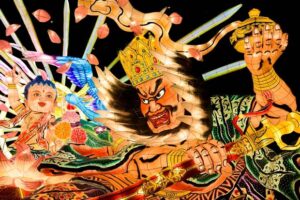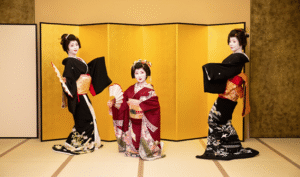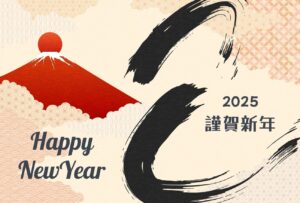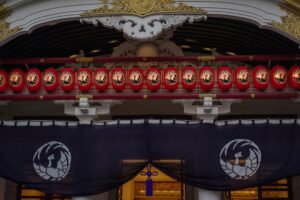Omamori and its History

Are you a lucky person? Omamoris might bring you some of the luck that you’re missing if not! Omamori are Japanese amulets that are sold in Shinto Shrines that are said to bring you luck and protection. Omamori are dedicated to specific Shinto kami and Buddhist figures and have a long and interesting history.

Omamori are usually brocaded silk with pieces of wood or paper inside with prayers written inside of them. These prayers are specific to where the luck is to be allocated – such as specific issues, tasks, or upcoming events. Because of the protection Omamori are supposed to provide, people often put them on their purses, phones, and cars. Due to the high demand for omamori, popular temples and shrines have turned to factory manufacturers to meet the demand – however many priests are not pleased with the commercialism of omamori.
There are different kinds of omamori made from different materials. Hukuro mamori is a bag type of omamori that you can put things in. Hamaya is an arrow type of omamori that beats away evil spirits. Ofuda, or Mamori Fuda, is a wooden type of omamori in which the inside of the hukufo mamori is a ofuda. Suzu mamori is a bell type of omamori that creates a sound that scares away evil spirits and protects you. Sometimes temples and shrines will have their own unique omamori connected to its main values.

Omamori originated as we know it now in the Heian era around 1,000 years ago when temples and shrines were expanding their influence and power. People who worked for the temples and shrines, traveled throughout Japan to recruit more Shinto believers. However, traveling was difficult as there was no technology for easy transportation. As a solution, omamori was invented to give people in Japan who lived far away from the temple or shrine the luck, peace, and protection they desired. Since then, omamori has continued to be a good luck harm for many Japanese people.
Writer: Kayley Hill











